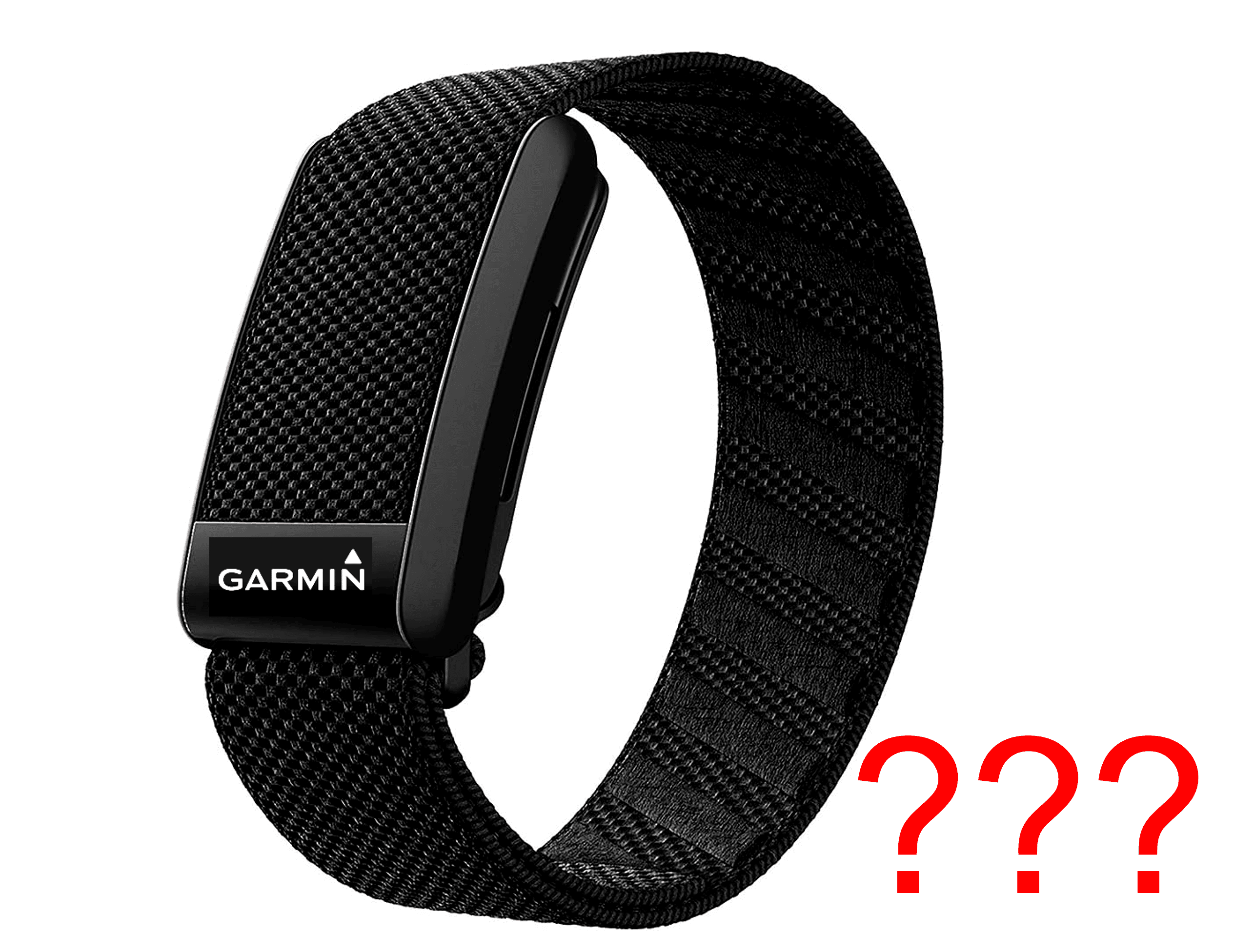
Garmin has built a loyal fan base that wears their fitness watches 24/7 to ensure they don’t miss a beat (literally). But could Garmin expand its offerings by venturing into the fitness band tracker market, similar to Whoop?
Whoop has made a significant impact by offering a minimalistic fitness tracker band without a screen or buttons, focusing solely on heart rate and other sensors to provide in-depth recovery metrics, sleep monitoring, and more. Garmin Connect offers similar metrics, such as sleep score, recovery score, and training readiness, but for the most part relies on a watch to be worn as much as possible. A fitness band tracker from Garmin could provide users with a versatile option, especially in situations where wearing a watch isn’t practical.
Think of formal events, sports like basketball, or sleep where a watch might be uncomfortable. In these cases and others, an unobtrusive band could be the solution.
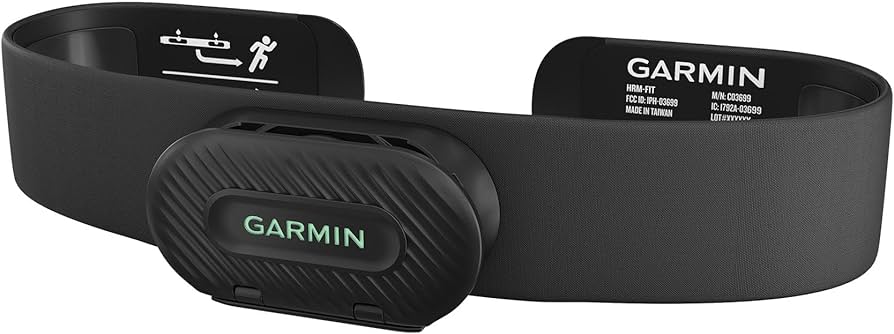
Garmin has already been innovating in new heart rate monitoring devices. At the beginning of the year, they released the HRM-Fit, Garmin’s first heart rate monitor designed specifically for women, meant to attach seamlessly to a sports bra. This demonstrates Garmin’s ability to meet diverse user needs with cutting-edge solutions, suggesting they could successfully develop a fitness band to rival Whoop.
Exploring the Potential of a Garmin Fitness Band
A dedicated Garmin fitness band could enhance the user experience by keeping all metrics within the Garmin ecosystem, ensuring seamless integration. Many users prefer having all their health and fitness data in one place, and splitting data across multiple platforms can be inconvenient. Additionally, Garmin’s pricing model, which operates on a one-time purchase rather than a monthly subscription, could appeal to those who prefer a one-time investment over the recurring monthly fees that Whoop charges.
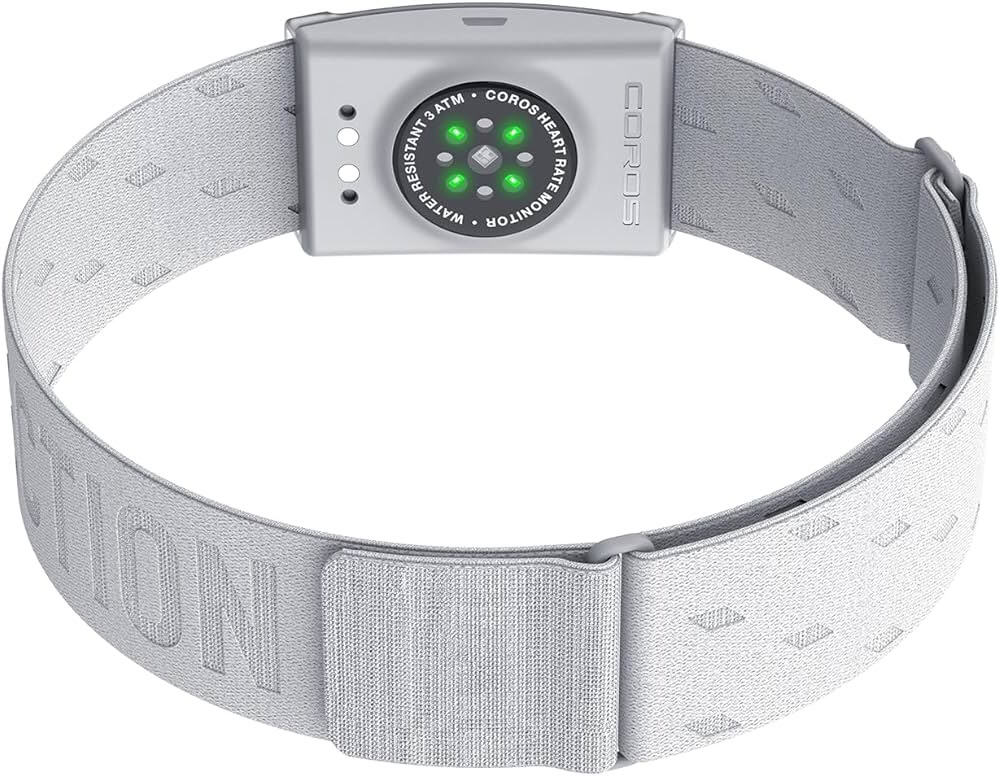
COROS has also entered the market with its armband optical HR monitor, showing a demand for alternative wearable formats. Given Garmin’s strong brand presence and integrated ecosystem, they seem well-positioned to explore this emerging trend.
Challenges and Considerations
While the potential benefits are clear, Garmin might also consider the challenges. The fitness band market is becoming increasingly competitive, and launching a new product would require significant investment in development and marketing. Garmin would need to ensure that their fitness band stands out in a crowded market and offers unique features that appeal to both existing and new users.
Moreover, while selling a fitness band to existing Garmin customers could be beneficial, the real value might lie in attracting new customers through this product. A well-designed fitness band could serve as an entry point for new users into the Garmin ecosystem, potentially leading to increased sales of other Garmin products and services.
Final Thoughts
Garmin already excels in the smartwatch market, and expanding into the fitness band tracker space could offer new opportunities. A flexible, discreet alternative to watches might cater to users’ needs in various situations and activities. What do you think? Would you wear a Garmin band?

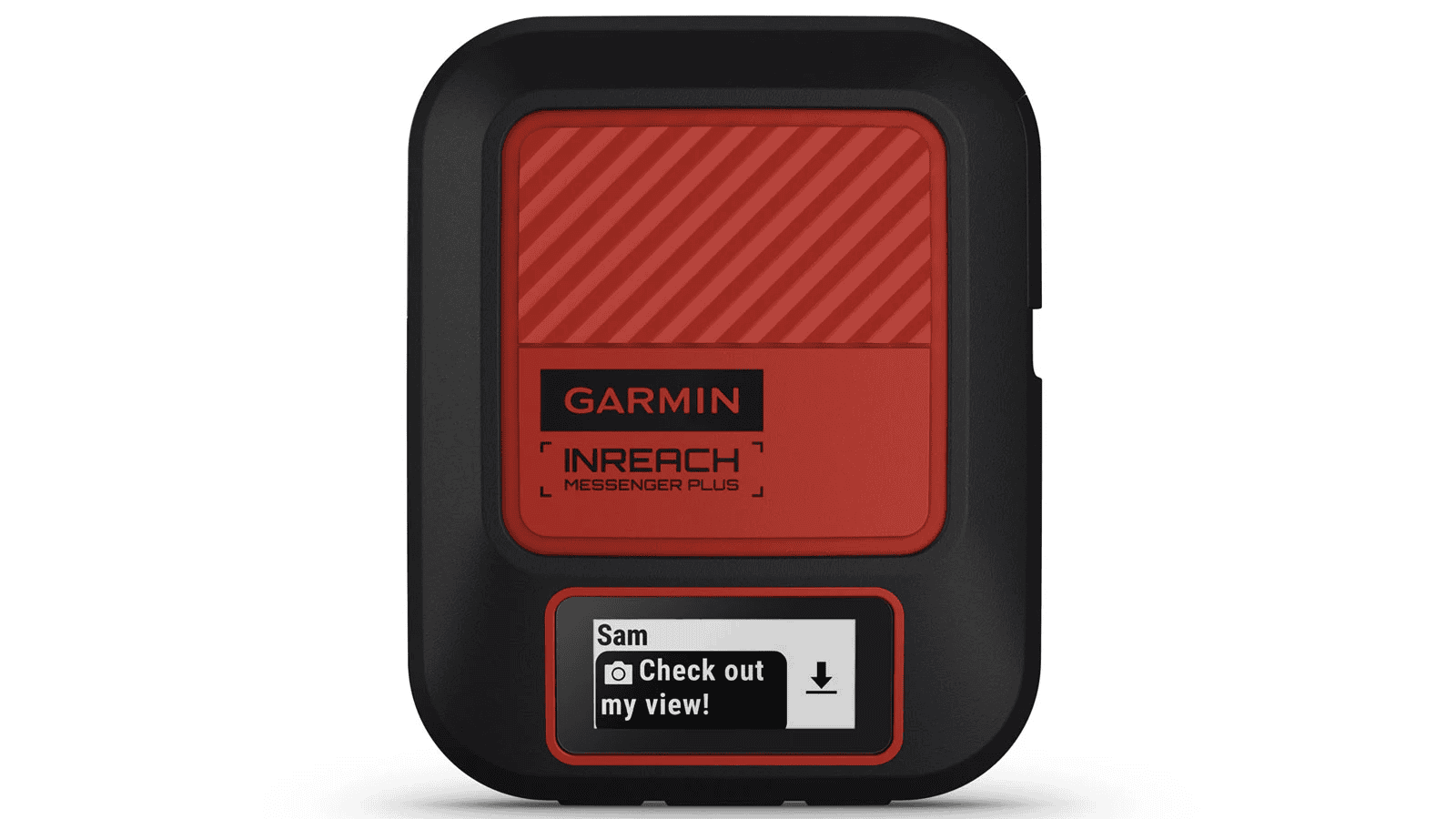
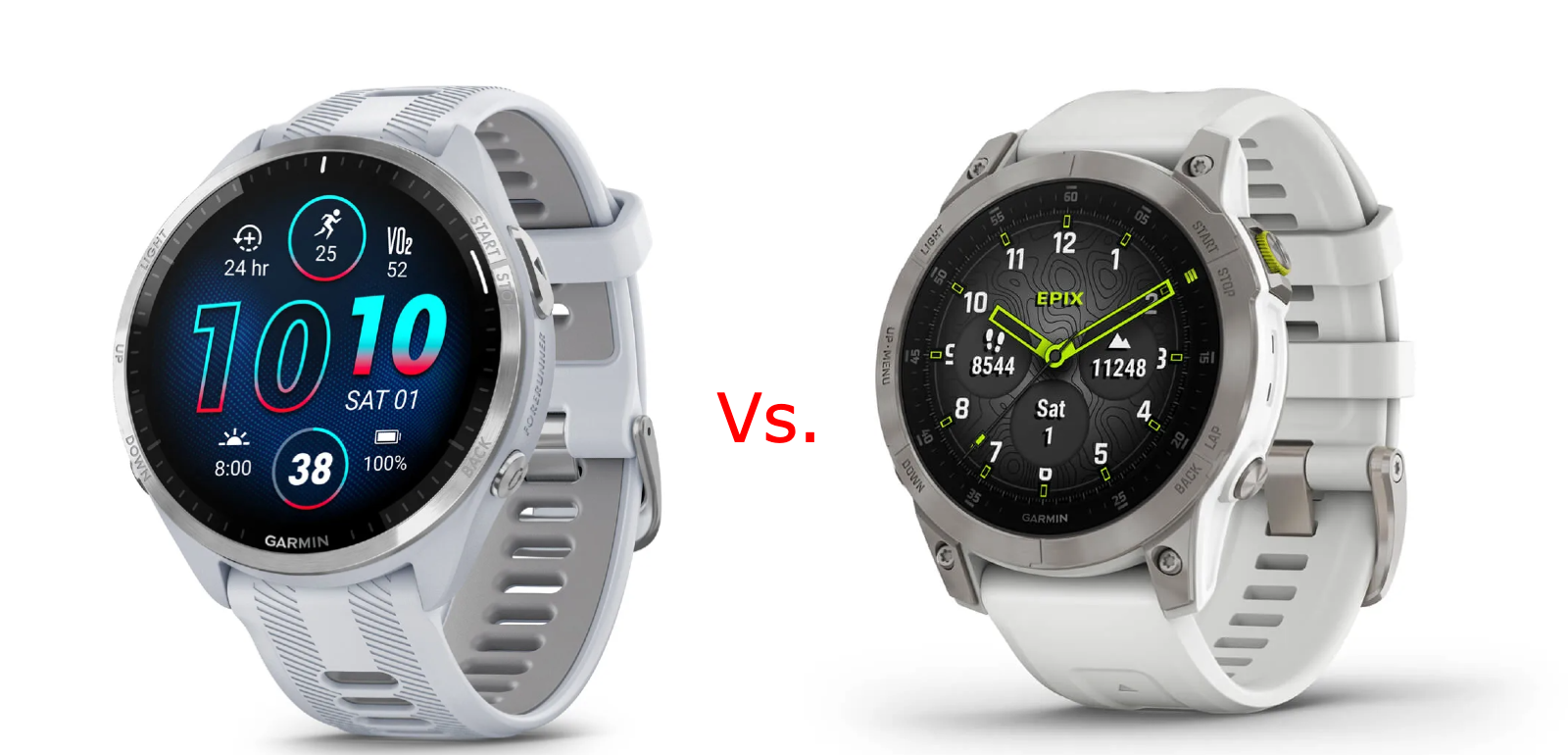



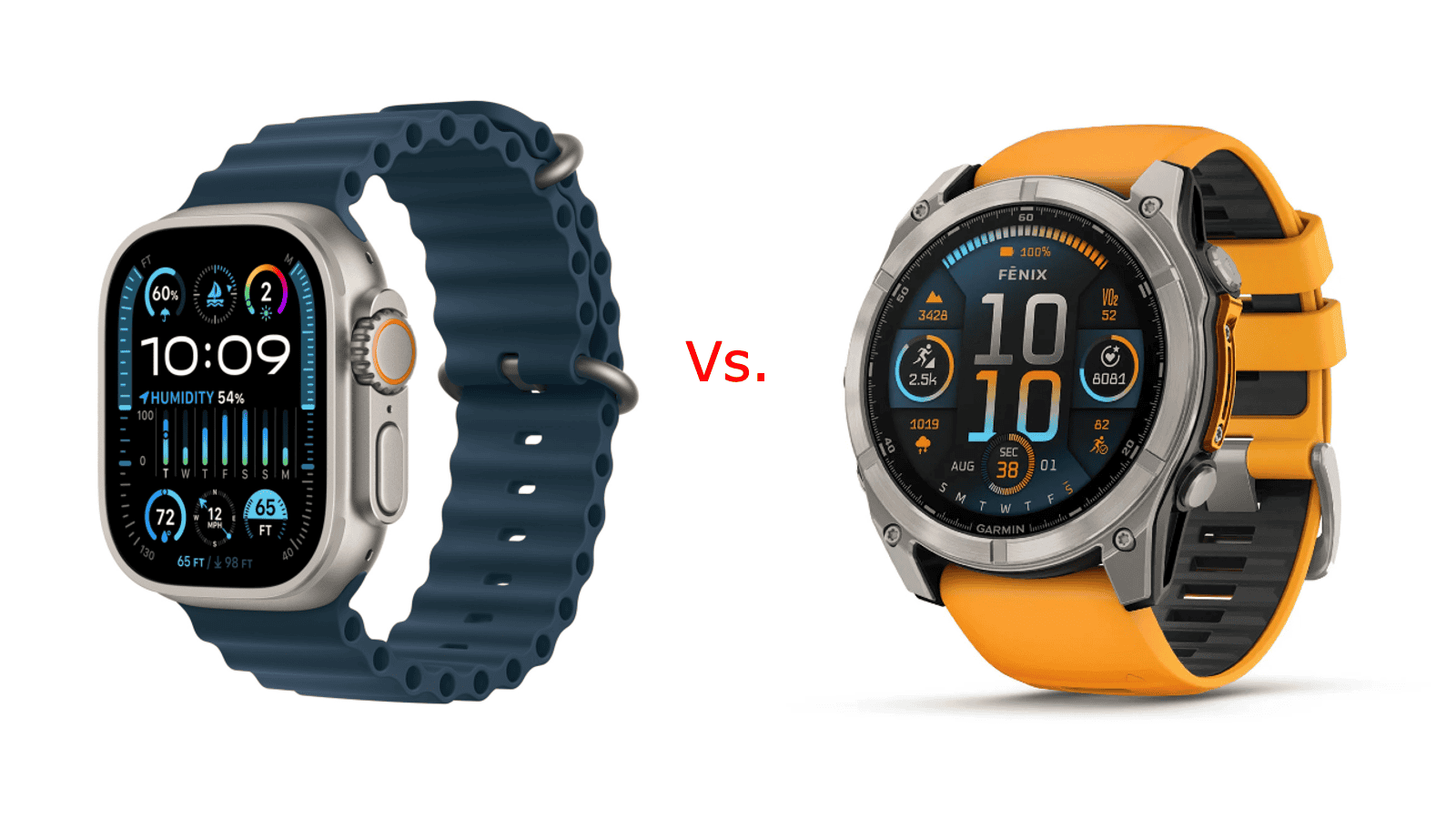
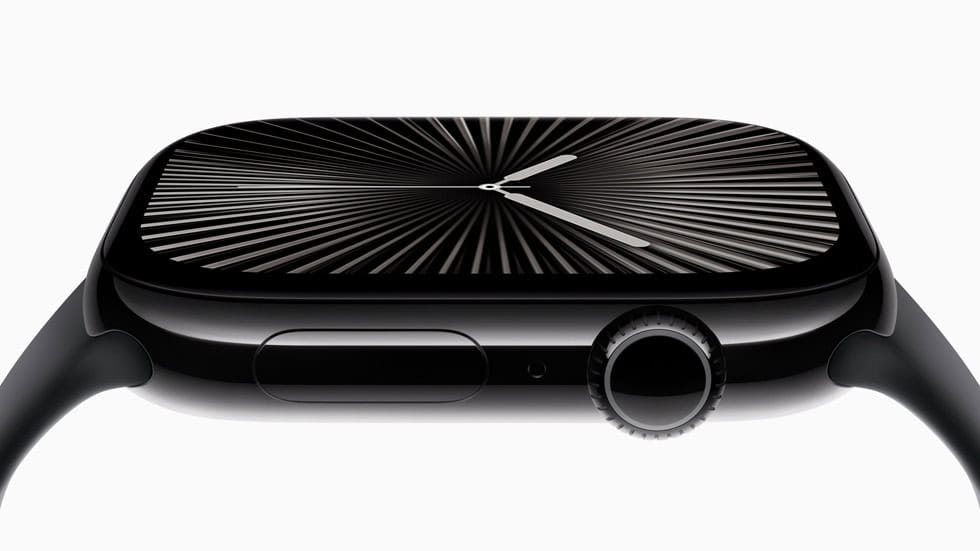

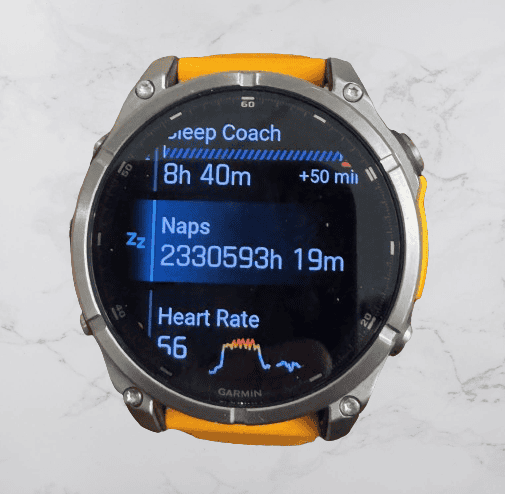
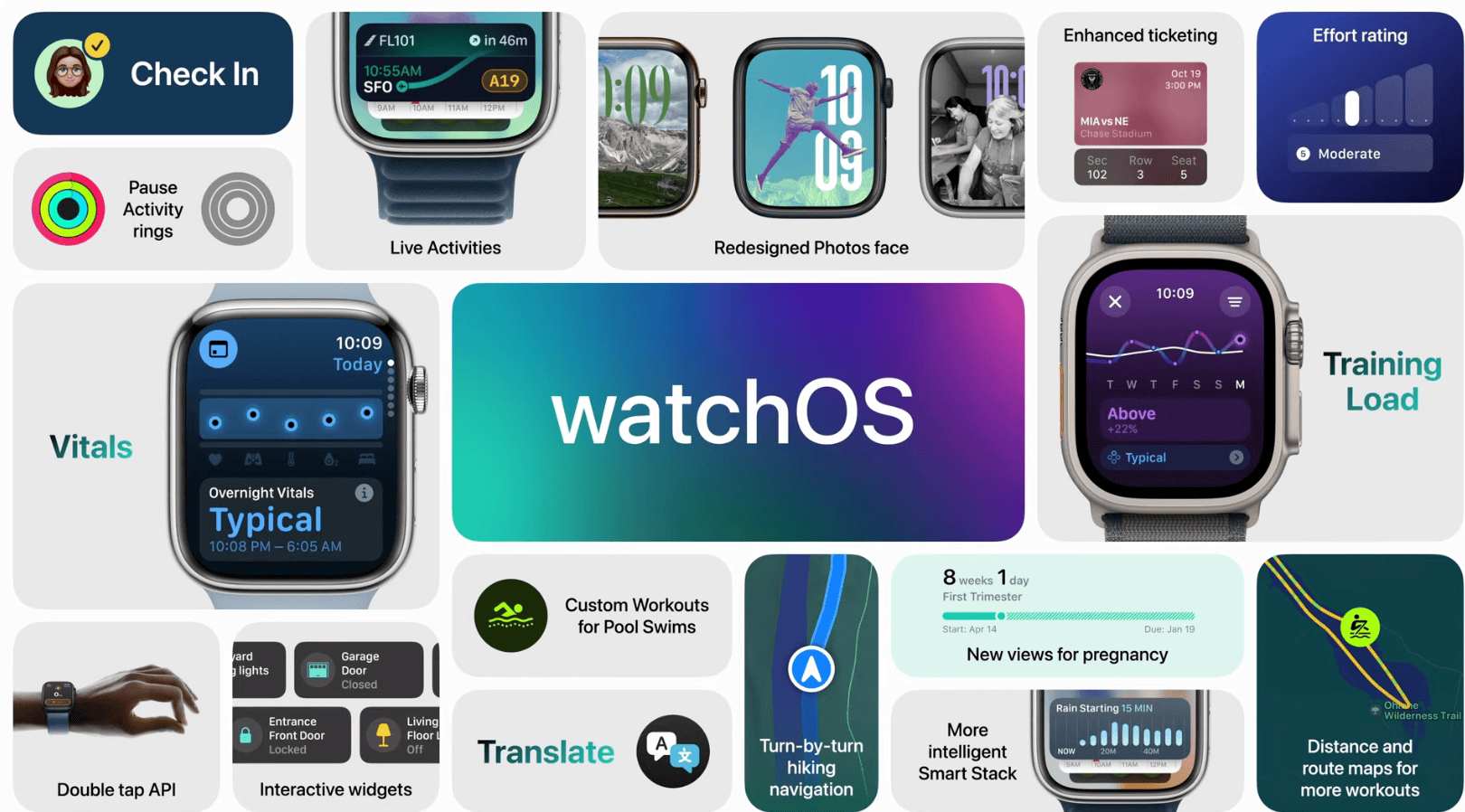
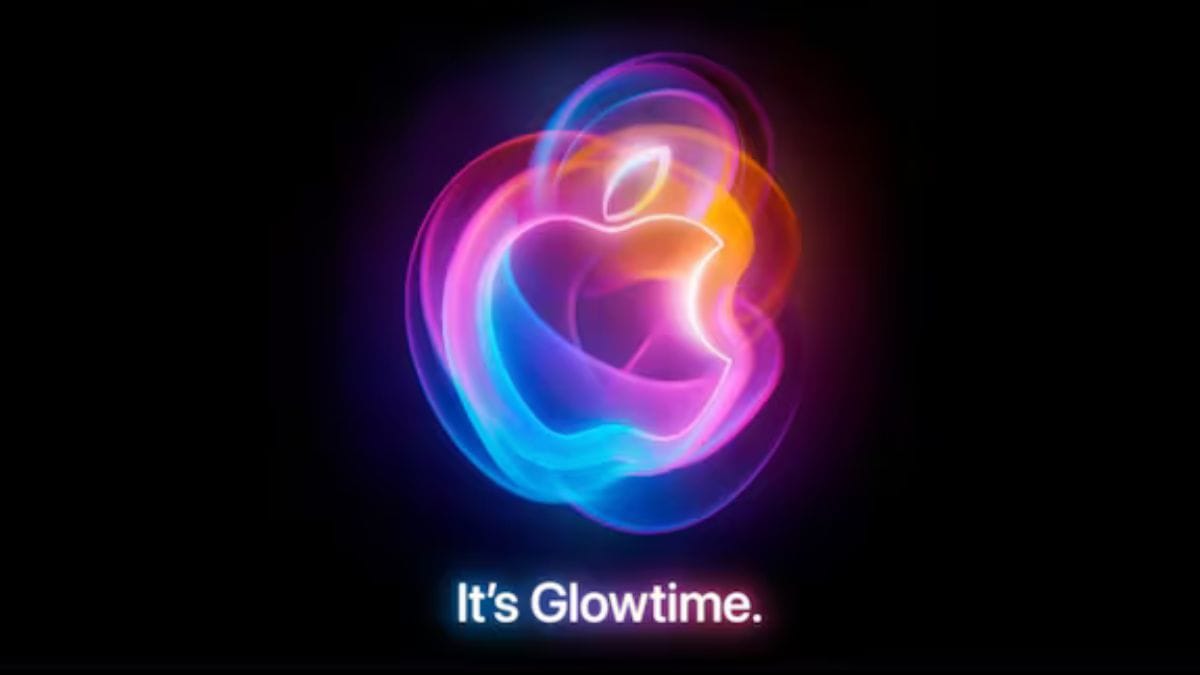

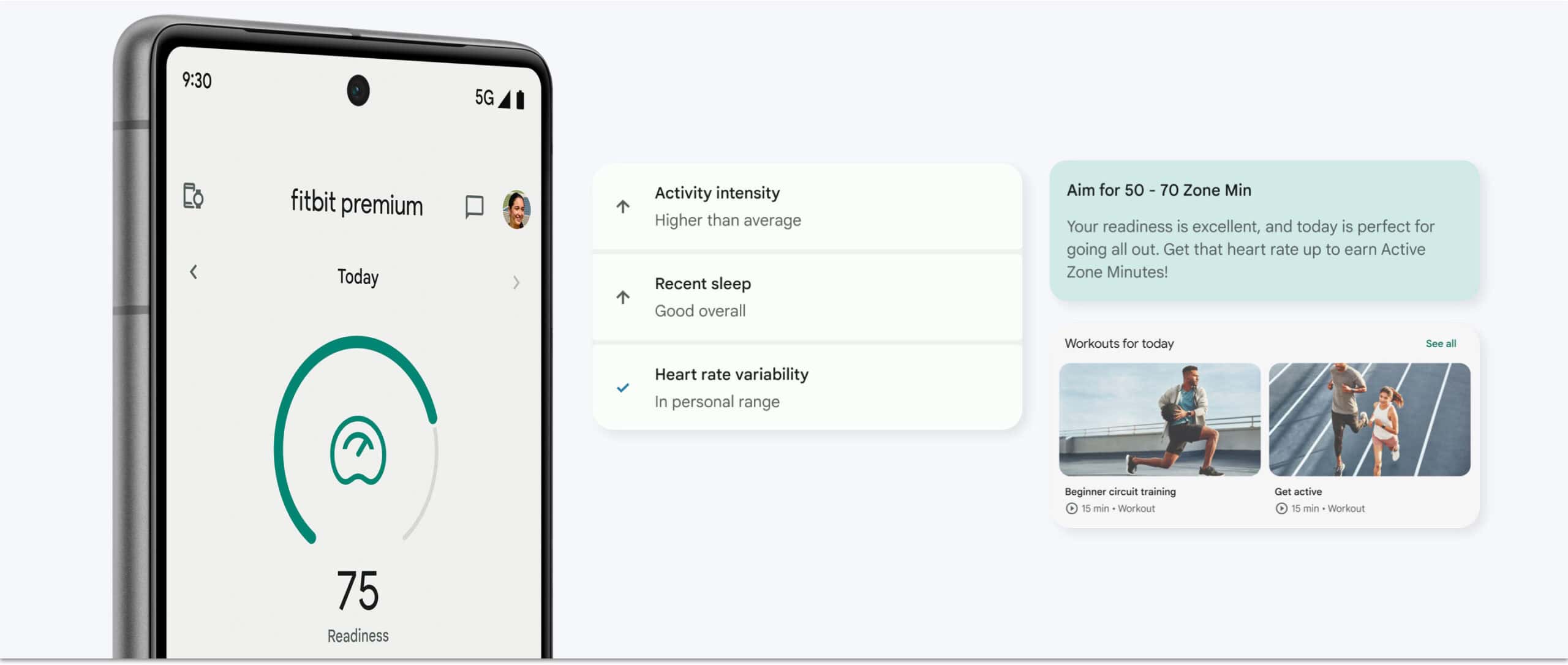



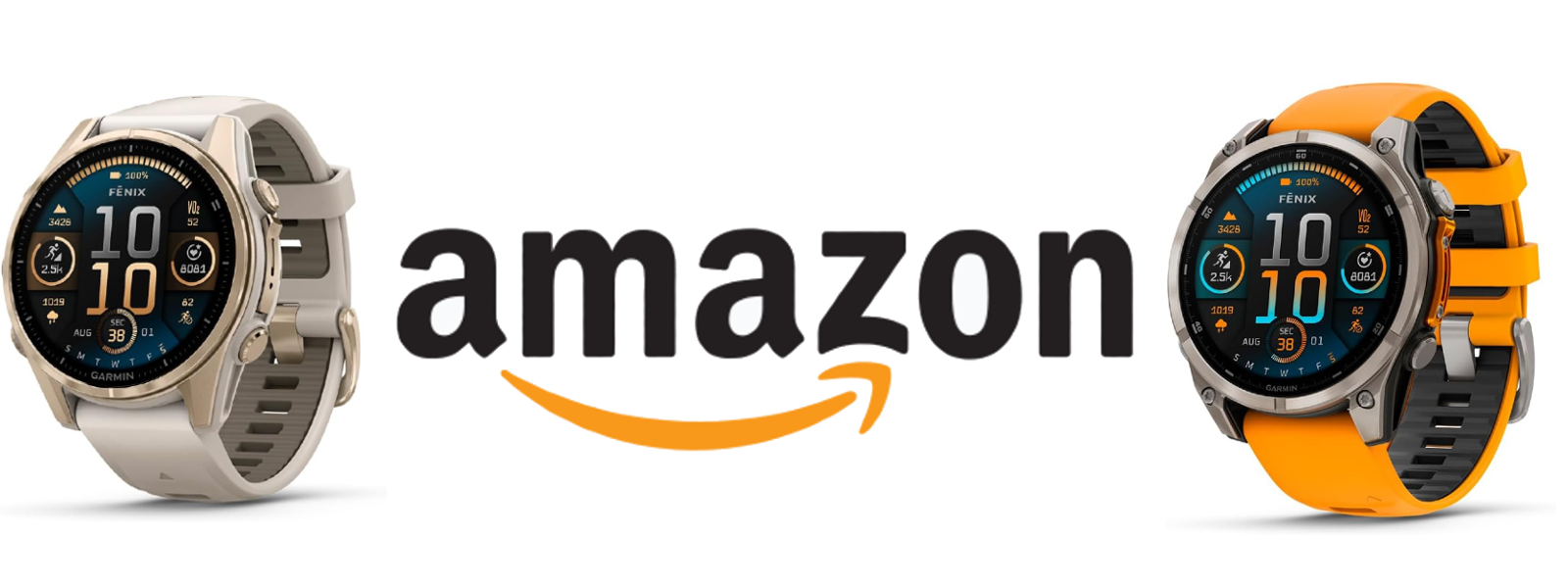
A Garmin bracelet like Whoop would be perfect… at least I would be able to wear my fancy watches in the office, and use the Fenix for sport.